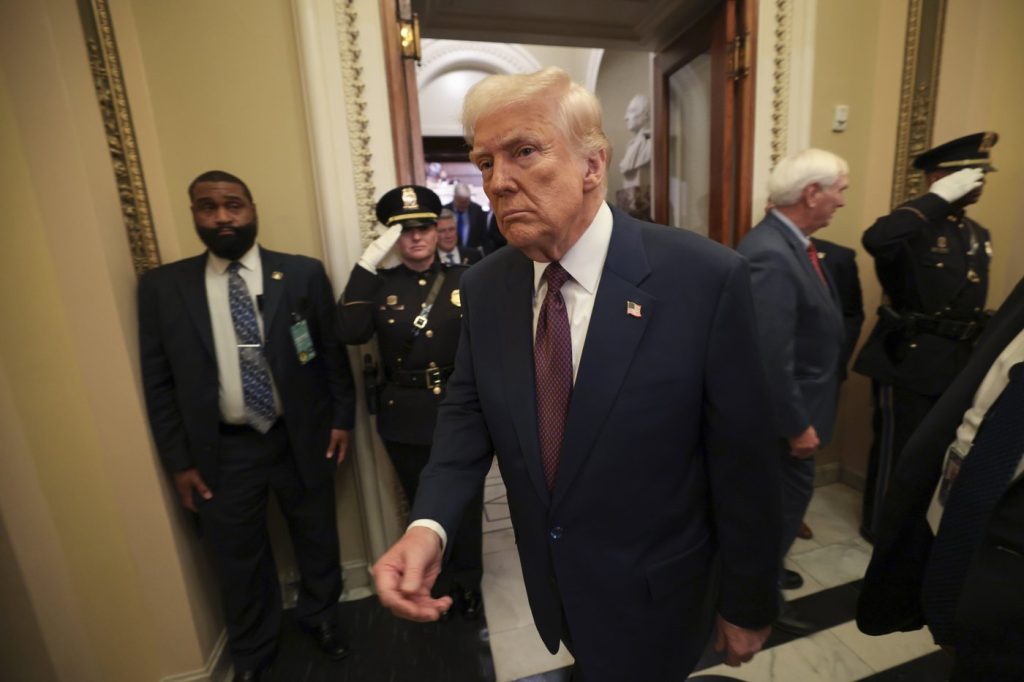On March 7, 2025, U.S. President Donald Trump took action by signing an executive order to temporarily pause the imposition of stiff tariffs on select Canadian products. This move has provided minimal relief as the looming threat of tariffs remains a significant concern for Canada, which shares a close economic relationship with the United States.
According to Trump's executive order, tariffs will be suspended on goods that comply with the origin requirements outlined in the Canada-U.S.-Mexico Agreement (CUSMA). Additionally, the levies on potash have been reduced to 10 percent, but this adjustment is only valid until April 2, leaving many in the trade sector uncertain about the future.
In response to Trump's announcement, the Canadian government decided to suspend a proposed second wave of retaliatory tariffs that were initially planned in reaction to the heightened trade tensions. This reaction highlights the delicate balance between the two nations as they navigate the complexities of trade agreements and tariffs.
The sudden upheaval in the markets was triggered earlier in the week when Trump followed through on his verbal threats by imposing a 25 percent tariff on various goods imported from both Canada and Mexico, with a 10 percent tariff specifically targeting Canadian energy products. This aggressive move has heightened anxieties around trade stability among businesses on both sides of the border.
Canadian Foreign Affairs Minister Mélanie Joly emphasized the need for more certainty in order to stabilize the situation for businesses affected by these tariff changes. Speaking to CNN, she assured that Canada is actively working to eliminate the tariff threat for good, highlighting the importance of a predictable trade environment.
This ongoing trade saga underlines the tensions that have emerged as a result of President Trump's policies and the precarious nature of U.S.-Canada relations. As the situation develops, both nations remain watchful of how these actions will impact their economic interactions and broader bilateral relationship.
With the threat of tariffs still hanging overhead, the Canadian government is undoubtedly in a difficult position, balancing economic interests with national strategies to protect its market. The coming weeks will be crucial as both countries assess the implications of Trump's executive order and navigate their path forward.
Moreover, the context of the ongoing trade negotiations adds another layer of complexity to this already tense situation. As Canada and the U.S. continue to engage on this front, key players in both economies will have to stay informed and adaptable to the evolving dynamics of trade policies emanating from Washington.










